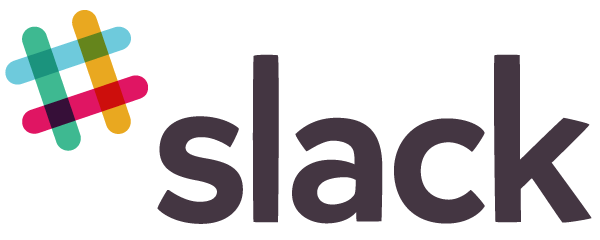 If you’re like most people, you probably feel overwhelmed by email messages at work. An average office employee receives 304 e-mails per week and checks the inbox 36 times an hour, according to a study from Attlassian. The loss of productivity from dealing with spam and unnecessary or poorly written messages is huge.
If you’re like most people, you probably feel overwhelmed by email messages at work. An average office employee receives 304 e-mails per week and checks the inbox 36 times an hour, according to a study from Attlassian. The loss of productivity from dealing with spam and unnecessary or poorly written messages is huge.
Slack, an instant messaging app, may offer a solution. Adherents say it will eliminate email and revolutionize business communications, including communications for internal corporate communications and PR departments and PR agencies. Messaging apps may still carry a tainted reputation since millennials playing with gifs and emoji were their initial users, but Slack has improved and matured and is now ready for life in a grown-up, business environment. It’s especially beneficial for organizations with many remote workers.
It offers an intuitive, customizable interface, and supports emoji and GIFs. Slack offers the ability to search for past messages, synchronize communications across all devices, search for past messages, and communicate privately through invitation-only channels or direct messages.
Slack Channels
Its main feature is probably what it calls channels. Similar to chat rooms, they enable communications between multiple co-workers. Users can also communicate directly with individuals using their user name, similar to a Twitter handle. With channels, employees avoid seeing irrelevant emails.
Slack claims its users see an average of 48% reduction in internal emails, and an average productivity increase of 32%. AirBnb, eBay NASA and Harvard University have embraced the app.
Slack offers discounts for nonprofit organizations, reports Third Sector.
“We use Slack for all internal communications,” Jayne Hardy, founder and chief executive of depression support group Blurt Foundation, told the publication. “It allows us to organize different topics to different channels, upload information for team use and also to search through historical conversation. It has made a huge difference to how we communicate and work together as a team.”
Slack Detractors
Slack isn’t the only business messaging app in town. Ryver and Samepage offer similar services. The app does have critics. Samuel Hulick said he dropped Slack after his productivity suffered. “Instead of providing a solution to the email distraction, Slack has just replaced it,” Hulick wrote in a goodbye message to the app.
Slack fans, or Slackers (unfortunate and ironic name, no?), recommend these practices to avoid that situation and get the most from the app.
Learn Slack Etiquette. Unnecessary messages to the entire organization or team function as email blasts that drain attention and defeat the purpose of the app. “Fostering a culture of responsibility around @everyone and @channel can save your team heaps of time. This should be on your onboarding with your team,” recommends Sven Drumev, co-founder of WPUP Inc.
Exclude messages. To stop receiving irrelevant messages, you can exclude notifications for keywords and phrases in certain channels. Alternatively, you can prioritize phrases or keywords to make sure you receive certain messages.
Limit the channels your team creates. Too many channels can cause confusion. Try to limit them to no more than six or eight channels company wide.
Create the right channels at the beginning so your staff sees only relevant conversations, advises Kyle Gray, founder of Conversation Cake. Typical channels include customer support, development, marketing and creative. Companies can set up channels for internal questions and public channels for customers.
Bottom Line: Business messaging apps like Slack may revolutionize corporate internal communications. It’s essential for employees to follow proper etiquette to ensure successful collaboration and gain their full benefits. If they don’t, they can burden fellow employees with irrelevant messages and defeat the purpose of the apps.
William J. Comcowich founded and served as CEO of CyberAlert LLC, the predecessor of Glean.info. He is currently serving as Interim CEO and member of the Board of Directors. Glean.info provides customized media monitoring, media measurement and analytics solutions across all types of traditional and social media.




